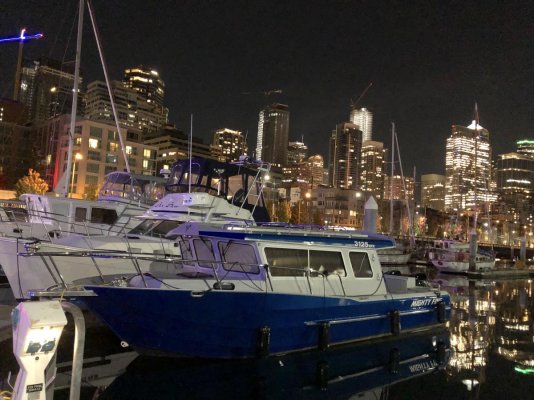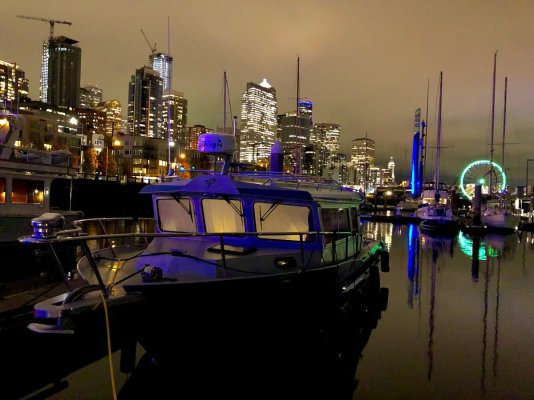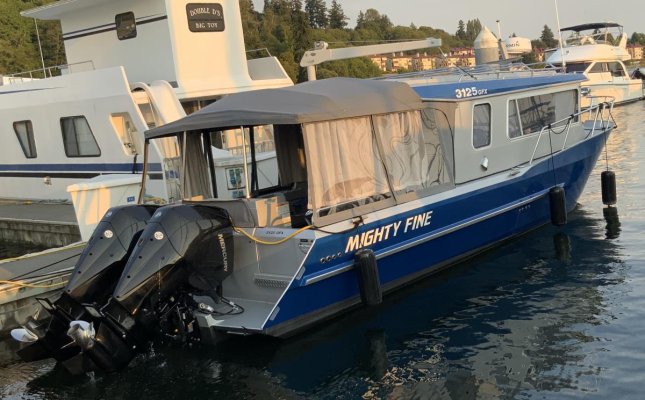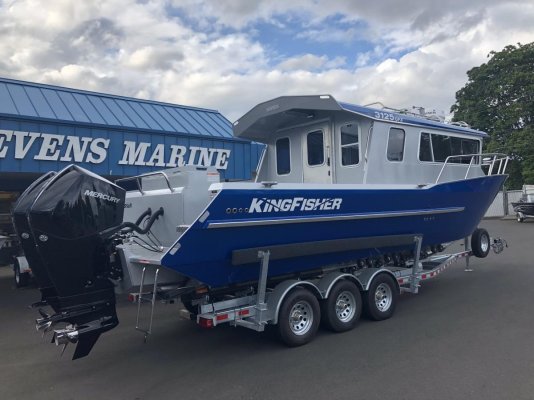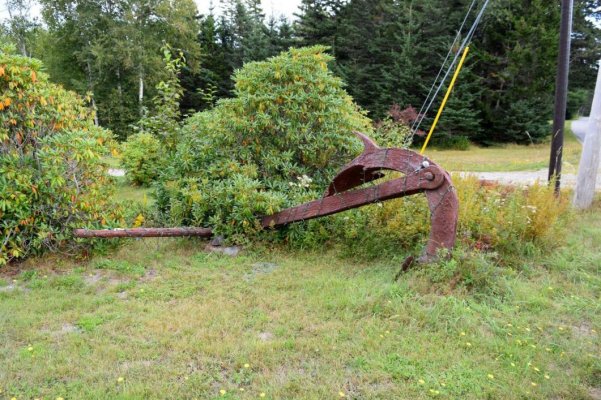Hello, Haloo - You and your great boat are a fine additions to TF! Watch out for them "deadheads"!
Your type of
fun-fast boat is surely one of the many good directions for mid sized "pleasure boat" designs in 2020... and beyond. O/B power sources are natural extension of marine technologic expansions... with many upsides as compared to I/B straight drive or I/B-O/B. Though, there are a couple of down sides to O/B's too. Truly, a trade-off for everything in boating!
Personally, I believe in the
fun-time efficacy of fast(er) capability hard chine planing hulls for "pleasure" boating. Not to say that SD and D hull forms don't have their own firmly entrenched pleasure boating needs and positions.
Our 34' planing hull, hard chine Tollycraft's twin, direct drive I/B's provide a total of 510 HP. at WOT [which I use very seldom; and, only for testing procedures or quick escapes from bad conditions]. At WOT we reach 21 to 23 knots [depending on load aboard - 21K lbs. when fully loaded, inc. two persons]. We either cruise off plane at 6.5 knots [1 knot below calced "hull-speed" of 7.58 kots] - getting 2 nmpg. Or, we cruise on full plane at 16 to 17 knots - getting 1 nmpg.
Interesting to me [for a somewhat relative] correlation to the similar hp. / bottom sq. ft. size / considerable difference in weight / and your resulting double up speed at WOT for comparison between our boats' top speeds.
Have you a website link where I could look into your boat's manufacturer's stats?
May the many hundreds [thousands - maybe] of "Pleasure Boaters" contributing to TF stay safe and healthy with loads of water fun ahead!
Happy Pleasure-Boating Daze! - Art


